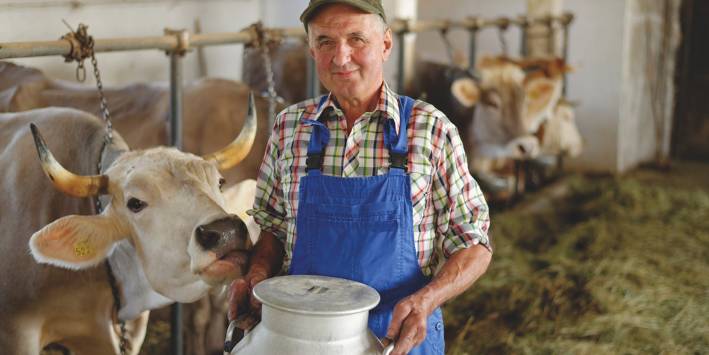Family farms can go a long way toward addressing the global problems of food scarcity and natural resource depletion. Ironically, such small, locally owned agriculture businesses are endangered species themselves.
To help raise awareness of the plight of family farms and their potential for addressing critical international problems, the United Nations has declared 2014 the International Year of Family Farming.
The goal is to do more than just educate, however. UN Secretary-General Ban Ki-moon has called on governments to create policies to encourage “equitable and sustainable rural development”; private investors to ensure that small farmers can store, process, and transport their goods; universities and agricultural research and extension agencies to work on farming technology; and farming organizations and society as a whole to keep family farms in the public eye.
“Together, let us use this International Year to reposition family farming as a central tool for sustainable development,” the secretary-general said in a message read at the launch of the International Year of Family Farming.
Spotlight on family farms
Family farms are part of the cultural traditions of every country in the world, and the people who farm them have been connected to the local landscapes for generations. As the research organization Biodiversity International notes, family farms manage the bulk of the world’s plantable land and water resources, and are guardians for biodiversity.
At the same time, more than two-thirds of the world’s hungry live in rural regions of developing countries. Many are farmers who don’t grow enough to feed their families. They are increasingly vulnerable as they don’t have the infrastructure to manage their dwindling resources, and are especially susceptible to weather conditions like drought that are caused by climate change.
Climate change and other changes have hit US farmers, too. As an example, consider that in Texas, farms smaller than 2,000 acres are losing 250,000 acres a year. With equipment costs on the rise—a tractor can cost $300,000—small family farms can be priced out of existence. Other factors affecting family farms in the state: farmers’ and ranchers’ children are moving on to other careers rather than continuing the tradition, and a drought has meant little rainfall in some recent years.
Call to action
What can we do to help? Spread the word about family farms worldwide and work for economic justice for family farmers everywhere. Support family farms in our own communities. Buy your food from coops that sell local farmers’ produce and directly from the farms themselves. The International Year of Family Farming is a great time to think globally and eat locally.





